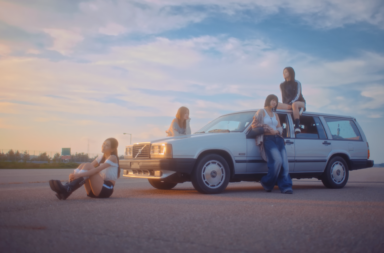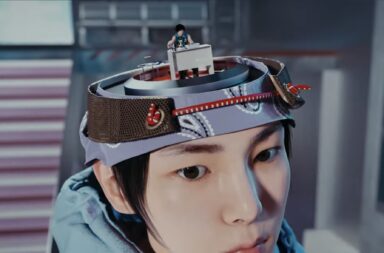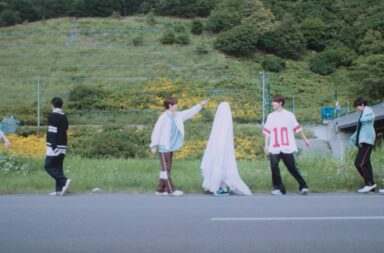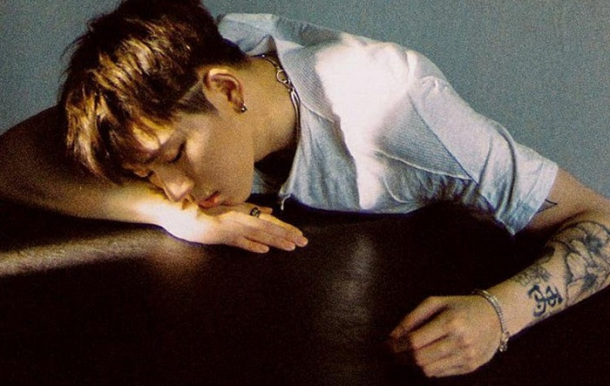
With countless hits to his name both as a soloist and Block B‘s leader, main producer, and rapper, Zico is often considered as one of the first idol rappers who broke the negative perception of idol group rappers in South Korea. Famed for churning out palatable hits across a multitude of genres, his unmatched flow, and clever lyricism has earned him popularity and respect in both the K-Pop and K-Hip Hop world.
Since his departure from KQ Entertainment late last year, Zico has mostly stayed off the radar. He produced the infectious “Move” for Produce X 101, which later became an X1 B-side, and Fanxy Child (consisting of Zico, Dean, Crush, Penomeco, Milic and Stay Tuned) recently made a return with “Y“. The bulk of his time was spent establishing his own independent company KOZ Entertainment.
The two title tracks for Zico’s latest tracks showcase two contrasting personas. “Daredevil” is what we’re used to from Zico. It is creative, catchy and bold with quality features from Jvcki Wai and Yumdda. On the other hand, “Human” feels like a retrospective afterthought, revealing the vulnerabilities entrapped beyond the glamour and bravado he shows the world.
The music video starts off with the simple image of Zico walking in solitude along the edge of a traffic passageway as the song’s hook plays in the background, an earnest lament about the dullness of his everyday life and a lonely longing for more.
“We always say later, for the later. Without my skipped birthdays, I’m still in my teens. As I grow old, I’m afraid of imagination. A slide starts to look like a hill.”
As the video progresses, his aimless walk leads viewers through a progression of scenes surrounding a large traffic accident. Symbols of life, death, pain, fear, and hope are showcased through the subtle scenes of human interaction at the accident site. Even as chaos ensues around Zico, he is presented as an outsider separate from the ongoing events. He looks over sometimes, but never interacts with the people in the music video.
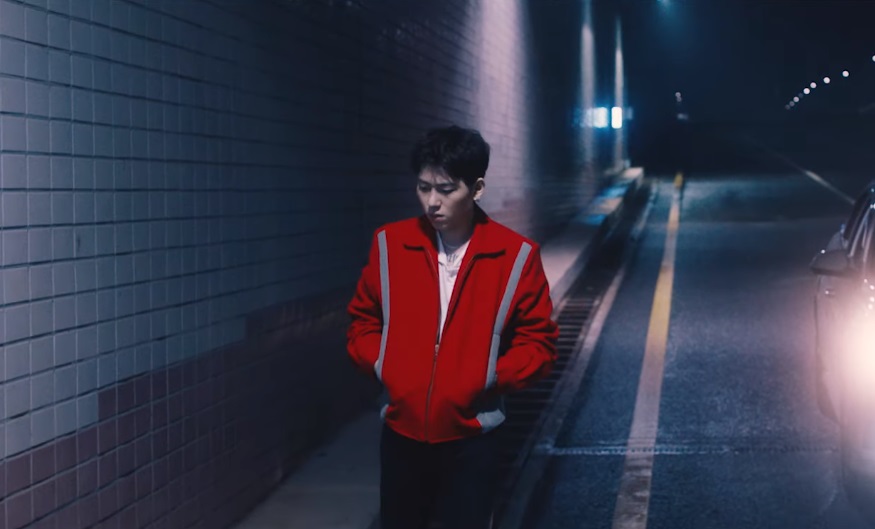
There is a sense of universality in the video’s choices of characters. An old man whose life is nearly ending, a baby whose life just began, regular students in uniform, the sick in the hospital, a child walking by with balloons, exhausted office workers on a lonely train ride home. People of different ages, genders, and occupations being represented, and yet they all feel familiar. Zico raps about his innermost thoughts, his sadness and his regrets about where he is right now.
What remains constant is the use of blues and reds as the main colour palette. Blue represents the lethargic melancholy of the setting and the song’s lyrics, while red is seen in the form of warning sirens, fire, and Zico’s striking red jacket. The fiery confidence of his exterior is juxtaposed against the contemplative, longing lyrics, as Zico tries to come to terms with who he is and be comfortable in his skin.
“Before becoming a good person to others, request conciliation with me first. Everyone knows it’s difficult. This is our first life.”
Through the video, there are subtle references to his position as a celebrity under the scrutiny and judgment of the masses. People surround the rummage of the accident with more cameras than sympathy, and the backdrop of a hospital randomly switches to that of a photoshoot. At the song’s climax at the bridge, this theme is directly confronted with, the camera then cuts to a scene of cars facing inwards in an eerily perfect semi-circle shape. From the bird’s eye angle, Zico is presented as harmless and unassuming as he walks in.
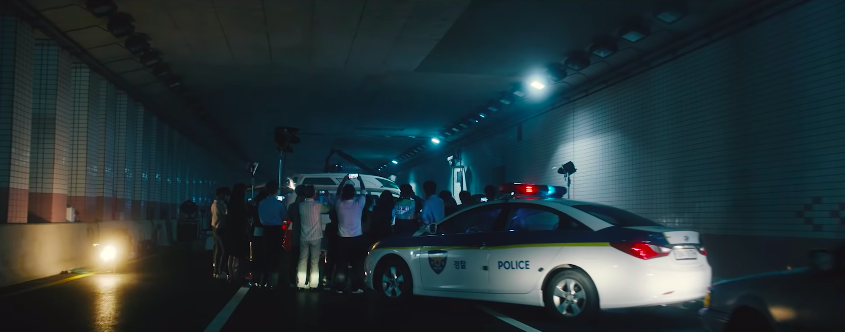
For the first time in the video, Zico interacts with the music. He performs the song to the viewer with a more familiar swagger, and the camera later shows that it is a scene on a large projector that the surrounding cars face.
As the song closes to the outro, the camera abruptly gets struck by the flames of the accident, and Zico is no longer in the frame. What remains are semblances of the emergency crew running around the scene as the flame continues burning on, all while Zico sings:
“We’re the same, we’re the same, we’re the same the people. Are you happy? Are you sad? Why’s it so hard to be loved?”
The video concludes with a highly symbolic scene. People have left their cars, no longer passive viewers of the scene of flames unfolding before them. Once more, the motif of filming and recording is seen, and a sense of uneasiness is created as the silence of the bystanders is contrasted with the loud tension of the screen’s scene.
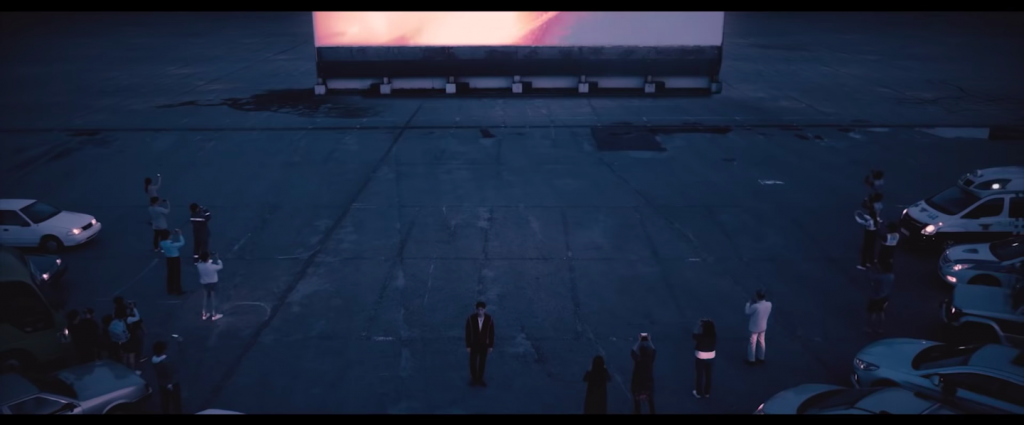
The use of muted, dull colours and a wide shot create a distance between the viewer and the accident, desensitised to the severity of what is shown on the screen. Instead, we watch as they watch on. In the midst of it all, Zico turns slowly to finally become a part of the crowd, even as everything is shown as falling apart.
Though Zico has showcased his ability to tone down his fierce raps with more emotionally, yet still lyrically impactful ones in Block B songs such as “Don’t Leave“, his solo work seldom showcase his vulnerability in a more straightforward sense. “Human” is then, an appropriate effort in reaching out to people who might otherwise not be as interested in his work. It is mellow but not without substance, and the music video does a beautiful job of showcasing the chaos amongst the calm, and the ambivalence of emotion and human life. The result is stunning and provoking and leaves you wanting to watch it all over again.
